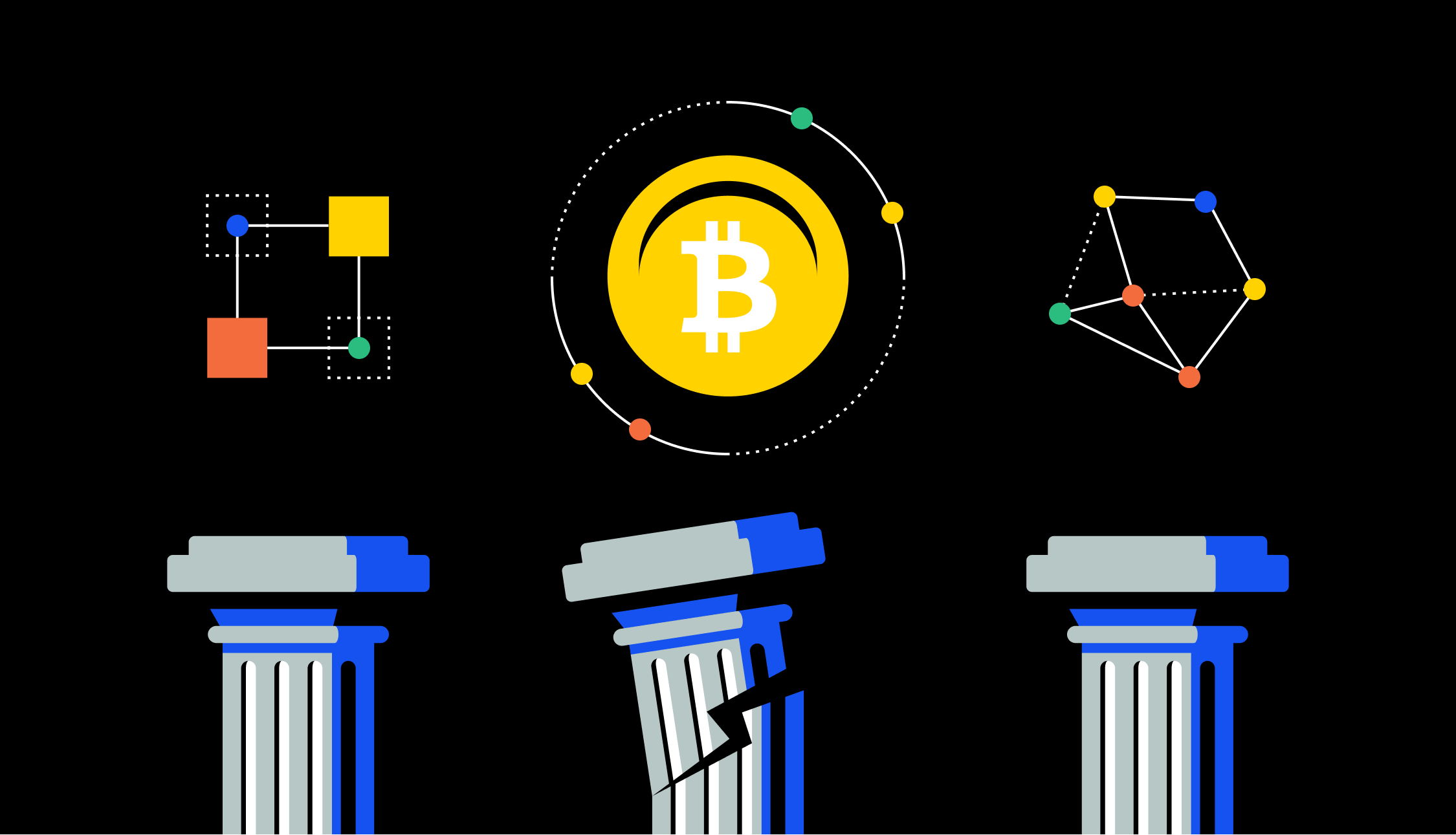The world of digital assets is surrounded by bold claims, half-truths, and misunderstandings. For many newcomers, these misconceptions create confusion and costly mistakes when it comes to one of the most important questions — how to sell cryptocurrency. Myths distort expectations, making the selling process look easier, safer, or more profitable than it really is. By separating fact from fiction, traders can approach selling with clarity and confidence.
Myth 1: Selling Cryptocurrency Is Always Instant
One of the most common beliefs is that selling happens instantly at the click of a button. In reality, speed depends on the method chosen. Centralized exchanges may process trades quickly, but withdrawals to a bank account can take days. Peer-to-peer transactions vary based on counterparty reliability, and network congestion can delay blockchain confirmations. Anyone exploring how to sell cryptocurrency should understand that while digital markets are fast, the process is not always immediate.
Myth 2: Selling Is Free of Significant Costs
Some beginners assume that profits from selling digital assets are nearly identical to what the charts show. In truth, costs matter. Exchange fees, blockchain transaction charges, withdrawal commissions, and currency conversion spreads all reduce returns. Ignoring these costs is one of the biggest mistakes for those who want to learn how to sell cryptocurrency effectively. The headline price is rarely the final amount received.
Myth 3: Cryptocurrency Sales Are Anonymous
Another misconception is that selling digital assets is completely anonymous. While some platforms and decentralized tools offer more privacy than traditional finance, most regulated services require identity verification. In addition, governments are tightening oversight, making full anonymity unrealistic in many regions. For traders, how to sell cryptocurrency responsibly means understanding that compliance and transparency are increasingly part of the process.
Myth 4: Security Risks Are Minimal When Selling
Many underestimate the security risks involved in selling. In reality, fraud, phishing, and scams remain common. Peer-to-peer trades without escrow protection expose sellers to significant danger, while weak wallet security leaves assets vulnerable. The irreversible nature of blockchain makes security a top priority. Mastering how to sell crypto involves protecting private keys, using multi-factor authentication, and relying on trusted platforms.
Myth 5: Timing Does Not Matter as Long as You Sell Eventually
Some traders believe that selling later is always better, as prices will eventually rise again. This assumption ignores the volatility of the market. Digital assets can remain in decline for extended periods, and waiting endlessly often leads to missed opportunities. Learning how to sell cryptocurrency effectively requires studying market cycles, setting profit targets, and accepting that no asset climbs forever.
Myth 6: Taxes Do Not Apply to Cryptocurrency Sales
A damaging myth is that profits from selling crypto are beyond the reach of tax authorities. In reality, most governments classify sales as taxable events, and ignoring this can lead to serious consequences. Reporting obligations are now part of responsible participation. For those studying how to sell cryptocurrency, understanding tax requirements is just as important as knowing about exchanges and wallets.
Breaking these myths reveals the truth: selling digital assets is neither effortless nor risk-free. It is a structured process that requires preparation, calculation, and caution. By discarding false assumptions, traders replace unrealistic expectations with knowledge and discipline.
In the end, the key to how to sell crypto lies not in myths but in facts — clear strategies, secure platforms, cost awareness, and compliance. With these in place, selling becomes less of a gamble and more of a confident step in the broader journey of digital finance.







